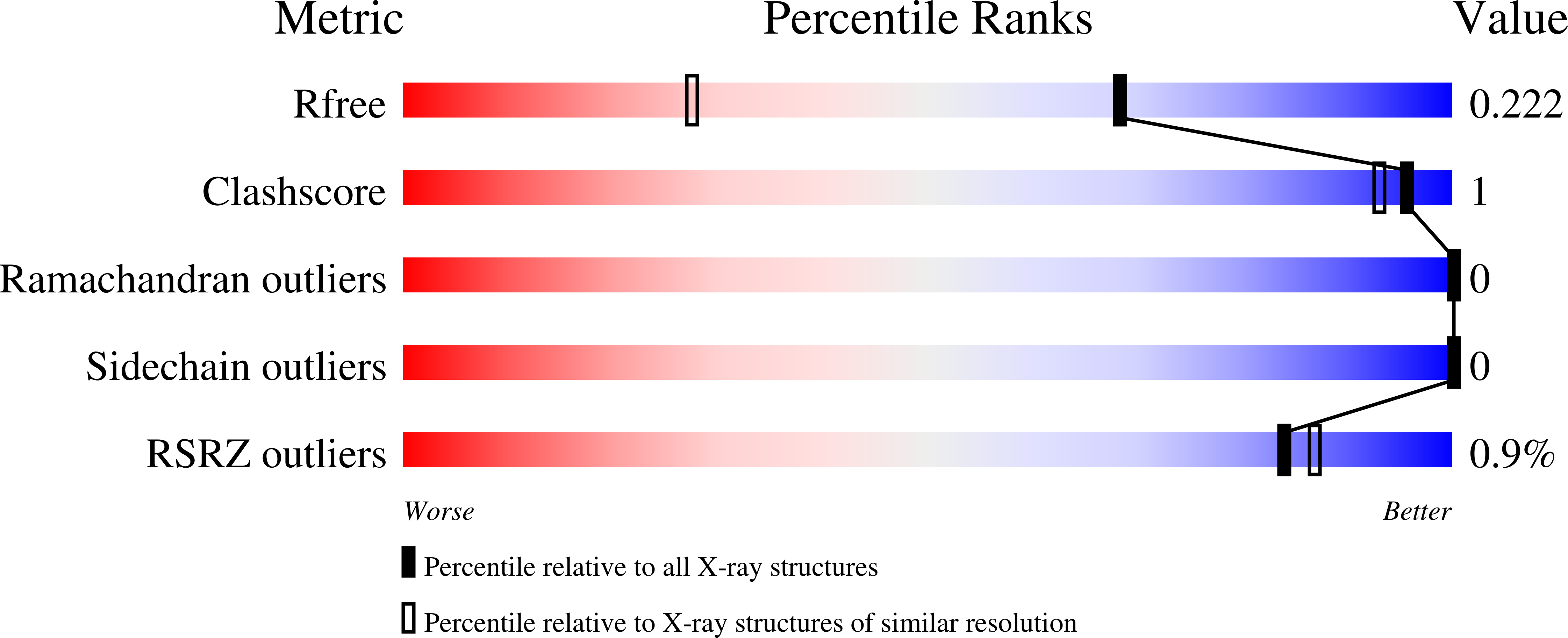
Deposition Date
2013-09-05
Release Date
2014-03-26
Last Version Date
2023-11-08
Entry Detail
PDB ID:
4MKH
Keywords:
Title:
Crystal structure of a stable adenylate kinase variant AKv18
Biological Source:
Source Organism:
Bacillus subtilis (Taxon ID: 224308)
Host Organism:
Method Details:
Experimental Method:
Resolution:
1.50 Å
R-Value Free:
0.21
R-Value Work:
0.17
R-Value Observed:
0.17
Space Group:
P 1 21 1


